MySQL is one of the most widely-used open-source relational database management systems (RDBMS), that has been around for a long time. It is an advanced, fast, reliable, scalable, and easy-to-use RDBMS intended for mission-critical, heavy-load production systems and packaged software.
In this guide, we will share a list of the best MySQL graphical user interface (GUI) tools for Linux systems.
dbForge Studio for MySQL
dbForge Studio for MySQL is one of the most robust tools for database developers and administrators. A powerful and all-embracing MySQL GUI tool on Linux delivers all the functionality necessary to develop databases and perform complex database management tasks.
- Database Design and Development aim to speed up code writing and ensure its high quality with code completion, formatting, syntax check, debugger, and tools for visual query building and editing.
- Database Management delivers database comparison and synchronization (data and schema) functionality, test data generation, data migration, and documenting databases.
- Database Administration provides the accounts management functionality, setting up and configuring permissions, monitoring server performance, and covers backup and restore procedures.
- Reporting and Analysis include the report wizard and designer that let users configure and receive detailed reports on all tools’ performance with data visualization.
dbForge Studio for MySQL comes with comprehensive documentation and professional technical support. All features are fully supported on Windows, Linux, and macOS.
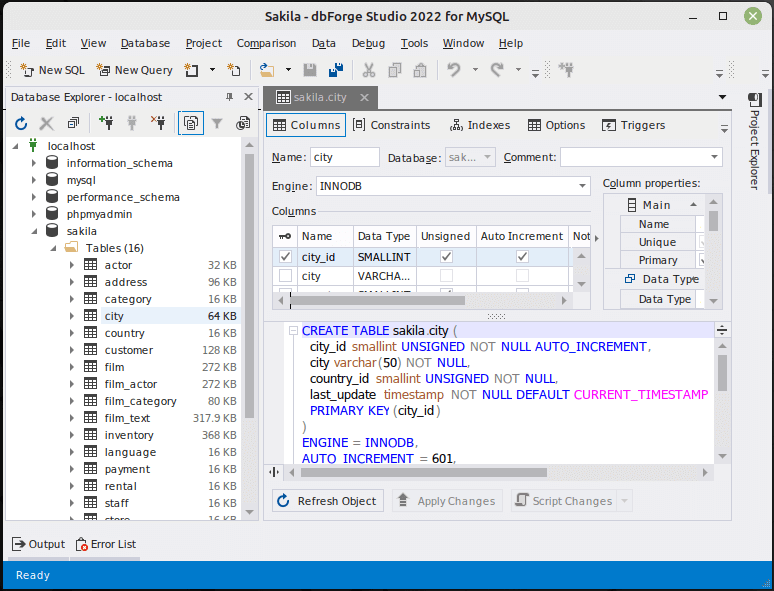
1. phpMyAdmin
phpMyAdmin is possibly the most popular, free, open-source, and feature-packed GUI tool for MySQL/MariaDB administration, especially for web hosting services, and among developers. It runs on Linux systems, Windows OS, as well as Mac OS X.
It is a well-documented application that comes with an intuitive web interface, and support for most MySQL features for managing databases, tables, columns, relations, indexes, users, permissions, etc. It also supports the management of multiple servers, direct execution of any SQL statement, import of data in CSV and SQL format, and export of data to CSV, SQL, XML, PDF, and more.
phpMyAdmin also enables users to create graphics of your database layout in various formats, create complex queries using Query-by-example (QBE), search globally in a database or a subset of it, and so many other features.
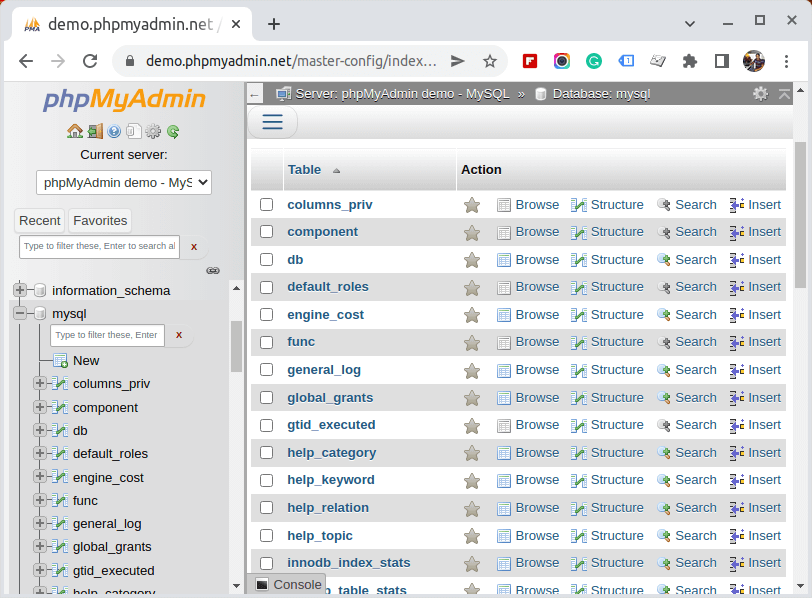
2. MySQL Workbench
MySQL Workbench is another popular and full-featured graphical tool for managing MySQL servers and databases. It is cross-platform and runs on Linux systems, Windows, and Mac OS X.
It provides three main areas of functionality:
- SQL Development – which enables users to manage database connection parameters, and executes SQL queries via the built-in SQL editor.
- Data Modeling – for creating models of your database schema graphically, reverse and forward engineer between a schema and a live database.
- Server Administration – which allows for creating and administering server instances.
It is available in two editions: the community edition which is available free of charge, and the standard edition provides additional enterprise-grade features, such as database documentation generation and so much more, at low cost.
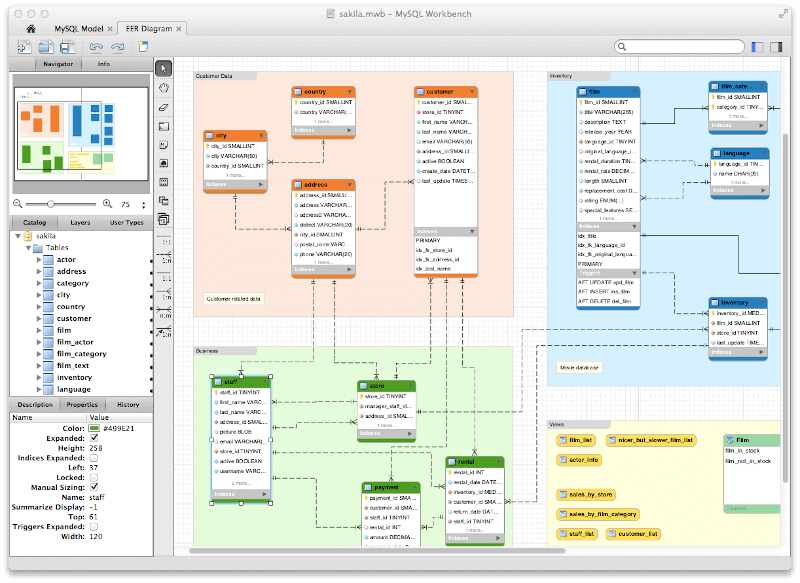
3. DBeaver
DBeaver is a universal, free, open-source, and multi-platform database management tool, which is created for developers, SQL programmers, database administrators, and analysts. It not only supports MySQL and MariaDB databases but all popular database systems including PostgreSQL, Oracle, SQLite, SQL Server, and MS Access.
DBeaver ships with a well-designed and implemented user interface (UI), and a powerful SQL editor with auto-completion of keywords, schema names, table names, and column names. Although it supports any database system having a JDBC driver, it can as well handle other external data sources with or without a JDBC driver.
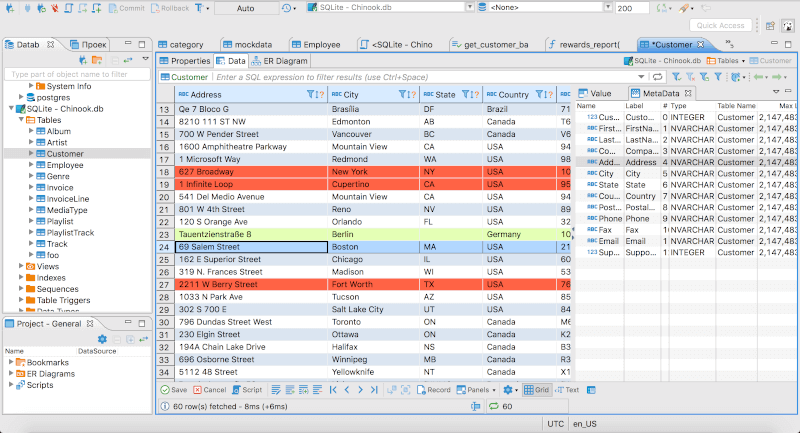
For installation, read our article – How To Install DBeaver Universal Database Tool in Linux
4. Beekeeper Studio
Intended to be a straightforward and approachable cross-platform SQL client, Beekeeper Studio is a modern and easy-to-use SQL editor and database manager for MySQL, PostgreSQL, SQLite, and SQL Server, available for Linux, Mac, and Windows.
Beekeeper studio is available in two editions: Beekeeper Studio community edition is the free and open-source version of Beekeeper Studio, and Beekeeper Studio ultimate edition is the commercial version that ships with extra features and comes with a business-friendly commercial license.
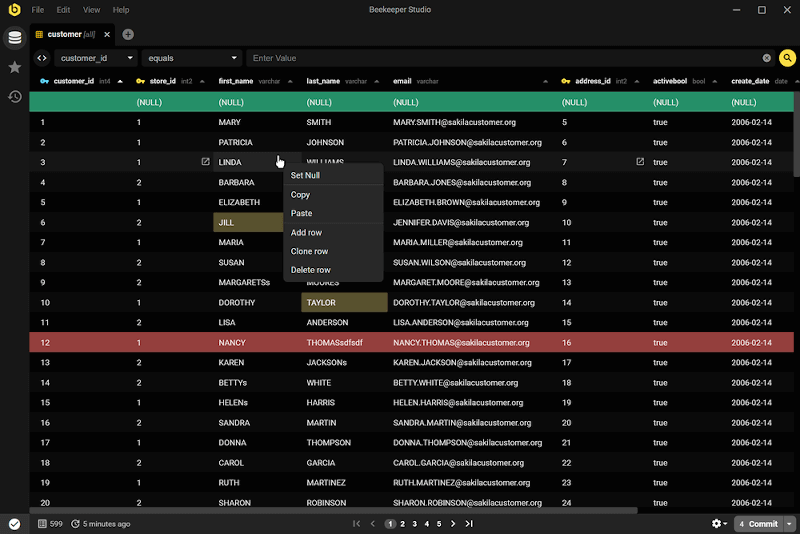
5. Adminer
Adminer is a super replacement for phpMyAdmin that offers a tidier user interface, better support for MySQL features, higher performance, more security, and can be extended by plugins.
It consists of a single PHP file ready to deploy to the target database server, and it supports PHP 5, 7, and 8 with enabled sessions. Adminer supports MySQL, MariaDB, PostgreSQL, SQLite, MS SQL, Oracle, Elasticsearch, MongoDB, and others via plugins.
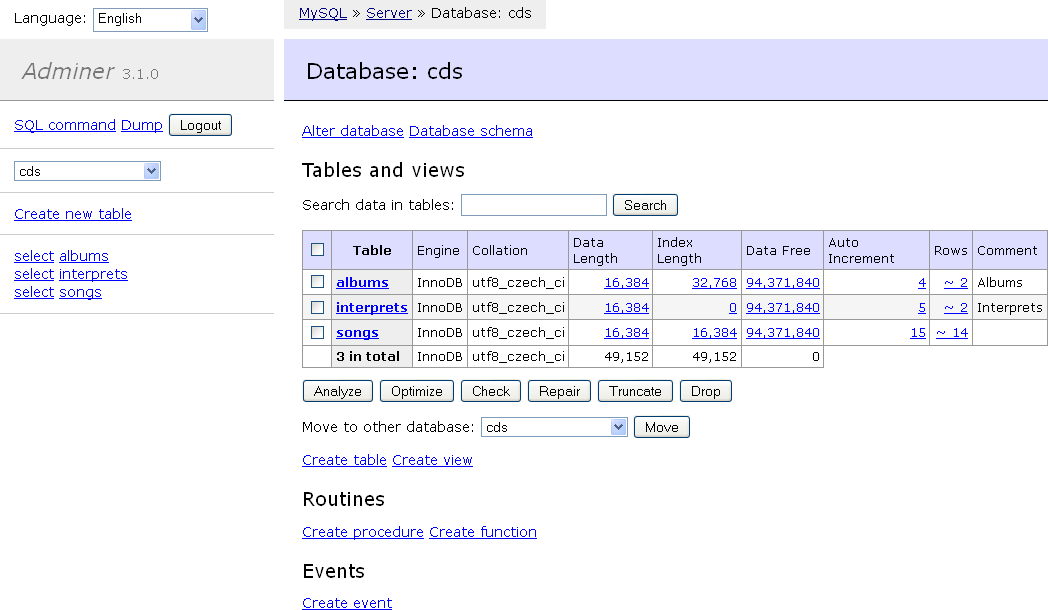
For installation, read our article – Adminer – A Web-Based Databases Administration Tool for Linux
6. Navicat for MySQL
Navicat for MySQL comes with an intuitive and well-designed GUI that simplifies your database administration and development on Linux, Windows, and macOS systems.
It features advanced secure connections, easy SQL editing, intelligent database design, seamless data migrations, diversified manipulation tool, supports dark mode, and so many other features.
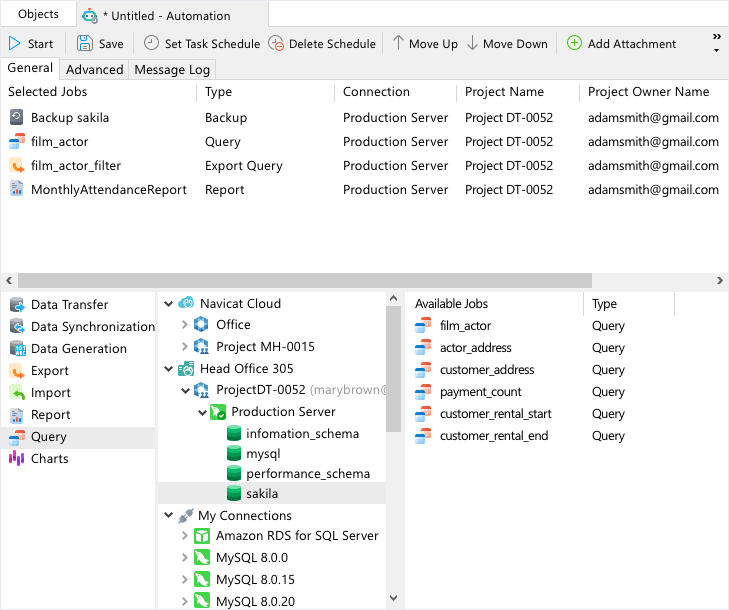
7. OmniDB
Designed to be simple, lightweight, fast, and secure, OmniDB is an open-source web-based tool that simplifies database management with a focus on interactivity.
It runs in most browsers, from any operational system, and features a unified workspace, responsive interface, smart SQL editor with contextual SQL code completion, tabbed SQL editor, simplified editing, and interactive tables.
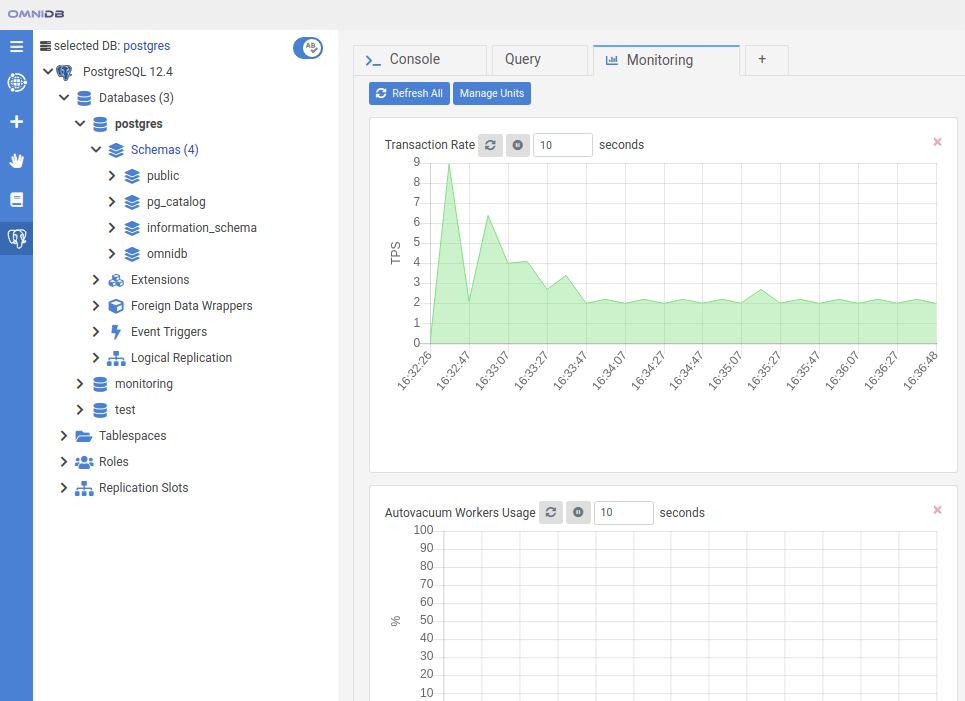
8. SQuirreL SQL
Simple yet feature-filled, SQuirreL SQL is a graphical multi-database SQL client that allows users to view the structure of a JDBC-compliant database, browse the data in tables, issue SQL commands, and so much more.
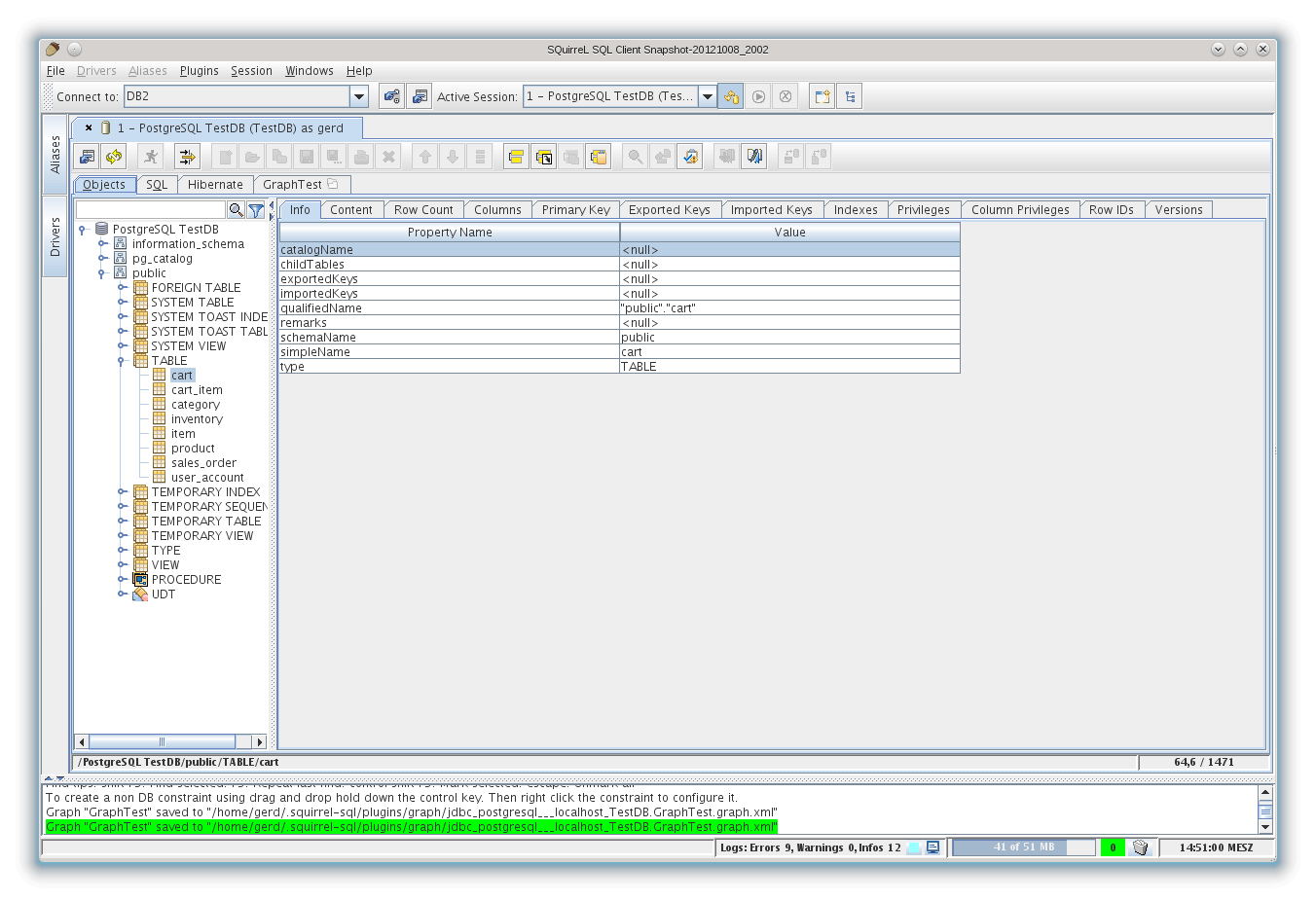
That’s all we had prepared for you. Let us know of any tools missing that should have made it here, via the feedback form below.

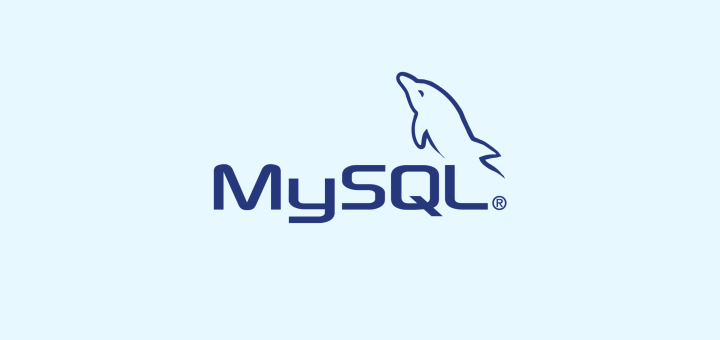
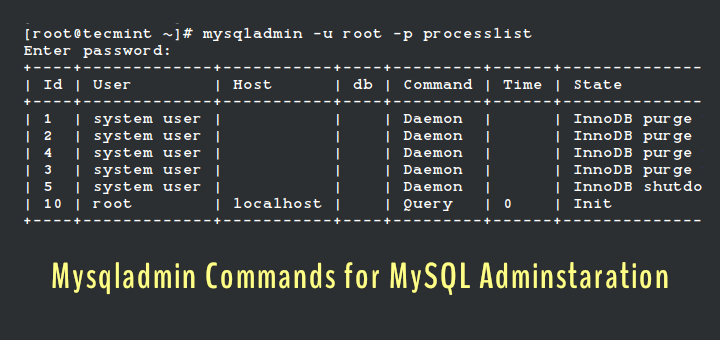
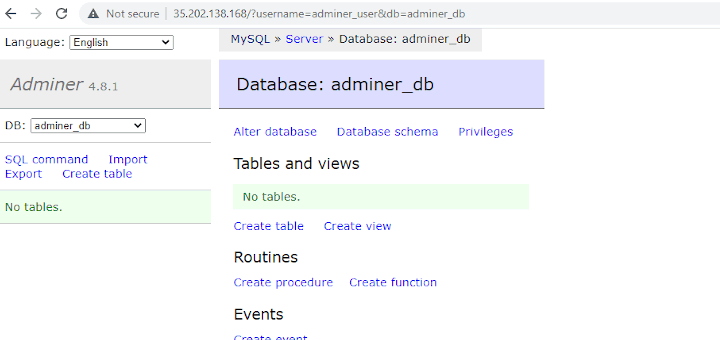
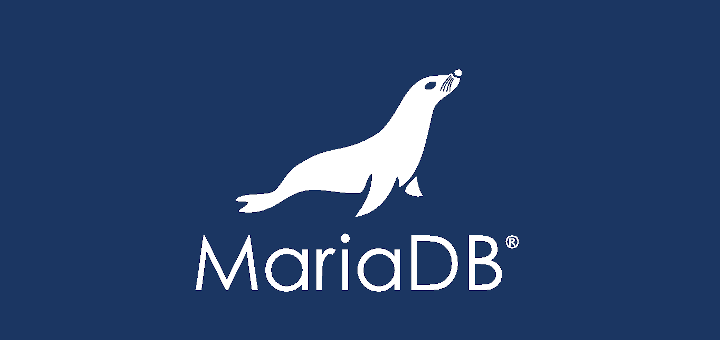
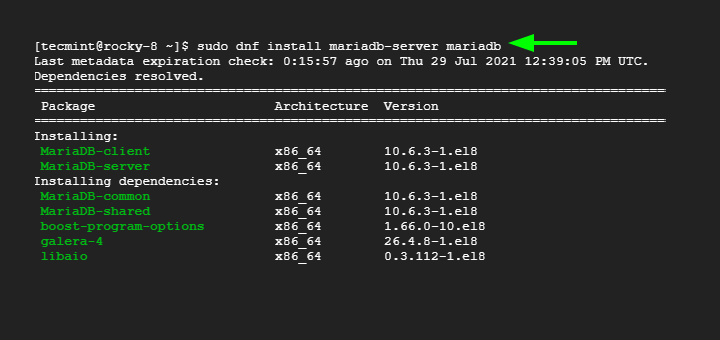
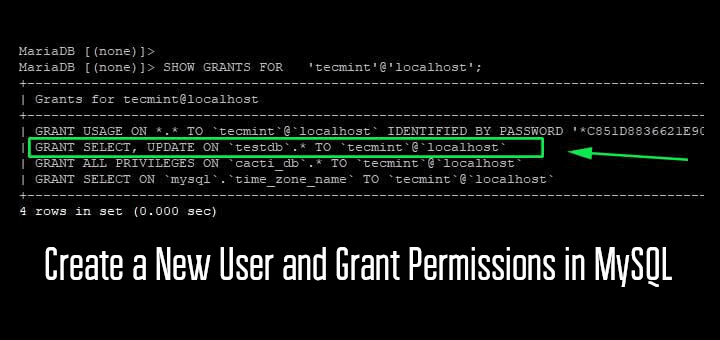
such a great job.
how to install phpMyadmin in Ubuntu?
Please help me…
Simple, just do
that’s it.
I have multiple instances of mysql on one server (running on say, ports 3307, 3308 and 3309 instead of the default port of 3306) and each has it’s own socket defined seperately.
How can I run mtop against these instances – it seems to only “play” with the default instance with standard port/socket setup … and I cannot find any way to specify these options as a command line option.
Eg: mtop -S /tmp/mysql1.sock
This works well for the standard mysql client – why wouldn’t it work for mtop too ???
Cheers … Bill
This helped a lot !
great!thanks!
Thank you for such a wonderful post..